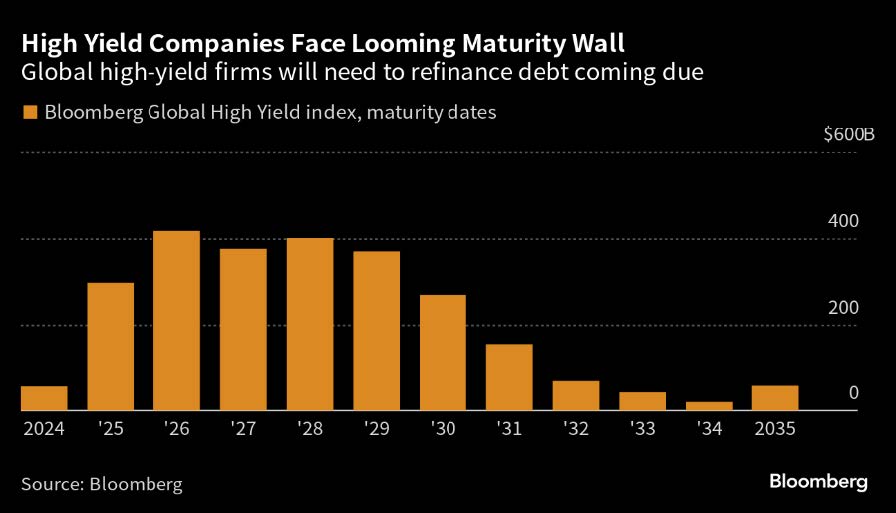EXECUTIVE SUMMARY
Asset Allocation and Macro Backdrop: In 2024, we anticipate a shift in the investment landscape with the end of the bond bear market. Cash is expected to underperform both equities and bonds due to the peaking cost of capital. Our recommendation is to maintain a more neutral weight in equities, overweight bonds, and underweight cash relative to IPS (Investment Policy Statement) targets. Equities are well supported by a safety net of cash build, reshoring trends, benign inflation, and the advantages of an AI-led productivity boost.
Equity Valuation: Valuations for the broader equity market have become more reasonable, especially when adjusting for record-high market concentration in mega-caps. According to a Goldman Sachs report, the valuation premium of the aggregate S&P 500 compared to an equal-weighted S&P 500 is 27%, above the historical average but well below the Tech Bubble peak of 111% in 1999. Our projection for 2-year forward EPS is approximately 265 by FYE 2025. This translates into a FYE 2025 S&P 500 index target of 5050-5200. Forward multiples are expected to benefit from peak rates, with margins receiving a boost from increased labor productivity.
Equity Composition: Performance in 2024 will be influenced by the composition of the equity asset class. We believe valuation opportunities are lower down the capital stack and therefore favor rebalancing some exposure towards SMID-caps versus some of more expensive large mega-caps as well as focusing on sectors poised to benefit from the second wave of AI adoption (AI wave 1 sectors include cloud computing, hardware, while AI wave 2 sectors comprise applications, data centers, consulting firms, evaluations, platforms, and security). In international equities, avoid China, favor India, Mexico, and Japan. Our concern for China is that it remains under severe economic strain, has an insolvent banking sector, and is plagued by the 4Ds – enormous debt, declining demographics, no domestic demand, and deglobalization.
Income: “Bonds are back.” There’s room for the slowdown to continue into 2024 as the real impact of higher costs unfolds. Coupled with a more favorable inflation outlook and a +2% TIPS yield, we anticipate rate cuts in H2 2024, leading to a steeper US yield curve. Investment grade credit and intermediate-duration bonds are expected to benefit the most from this scenario.

Credit: Non-investment grade credit presents a different challenge. The looming wall of refinancing needs from non-investment grade companies in 2025 and 2026 is material. If the Fed does not cut rates in advance, the likelihood of a credit event increases, potentially resulting in a hard landing.
Risks to Our Outlook: The primary risk to our base case outlook revolves around the timing of Fed rate cuts. If Fed rate cuts do not materialize in 2024, the odds of a credit event occurring will rise significantly. Morgan Stanley estimates that out of the $4.4 trillion of outstanding commercial real estate (CRE) debt, $2 trillion is due for refinancing in the next two years. Half of this debt resides on bank balance sheets, with 70% of it held by small banks.




